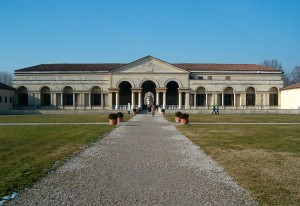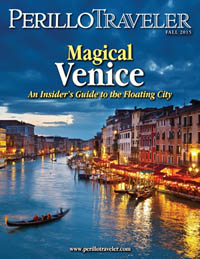 Last week, Italy’s culture ministry named Mantua the country’s 2016 Cultural Capital, meaning that the northern city of 50,000 will be awarded one million euros to finance projects to enhance its historic status.
Last week, Italy’s culture ministry named Mantua the country’s 2016 Cultural Capital, meaning that the northern city of 50,000 will be awarded one million euros to finance projects to enhance its historic status.
Mantua, home to the powerful Gonzaga family from the 14th to the 18th centuries, was declared a World Heritage Site in 2007, because despite its small size, its Palazza Te (pictured) is a remarkably well-preserved location for Italian Renaissance art and decor, including fresco paintings, wood carvings and plaster decoration. Built by Giulio Romano in the 16th century for Federico II Gonzaga, this pleasure palace is considered a masterpiece.
Nine other cities were in competition for this great honor, including better-known sites like Parma, Pisa and Spoleto. Mantua is known as a “citta d’arte” in Italy not just for the Palazza Te works, but for its Ducal Palace, its civic arts programs, and its status at the birthplace of poet Virgil, who wrote the Aeneid.
Mayor of Mantua Mattia Palazzi was also delighted, and was reported in The Britaly Post saying “We’re not just receiving one million euros, but also recognition as a small city, but one with international ambitions and an extraordinary heritage. We’re trying to open it up to the world much more, investing in the refurbishment of our heritage, urban renewal, and confidence in a city that wants to assert itself and to play a much greater role both in this country and in Europe.”
Mantua is surrounded on three sides by water (Lago Superiore, Lago di Mezzo, Lago Inferiore), lakes that were created in the 12th century as city defenses but now reflect the modern beauty of the skyline. Mantua is unlike any other city in Italy, let alone its surrounding region. Perhaps a stop for your next trip to Italy?
By Kathy McCabe
 Want to read more about travel? Get your free copy of our new digital magazine, Perillo Traveler!
Want to read more about travel? Get your free copy of our new digital magazine, Perillo Traveler!
